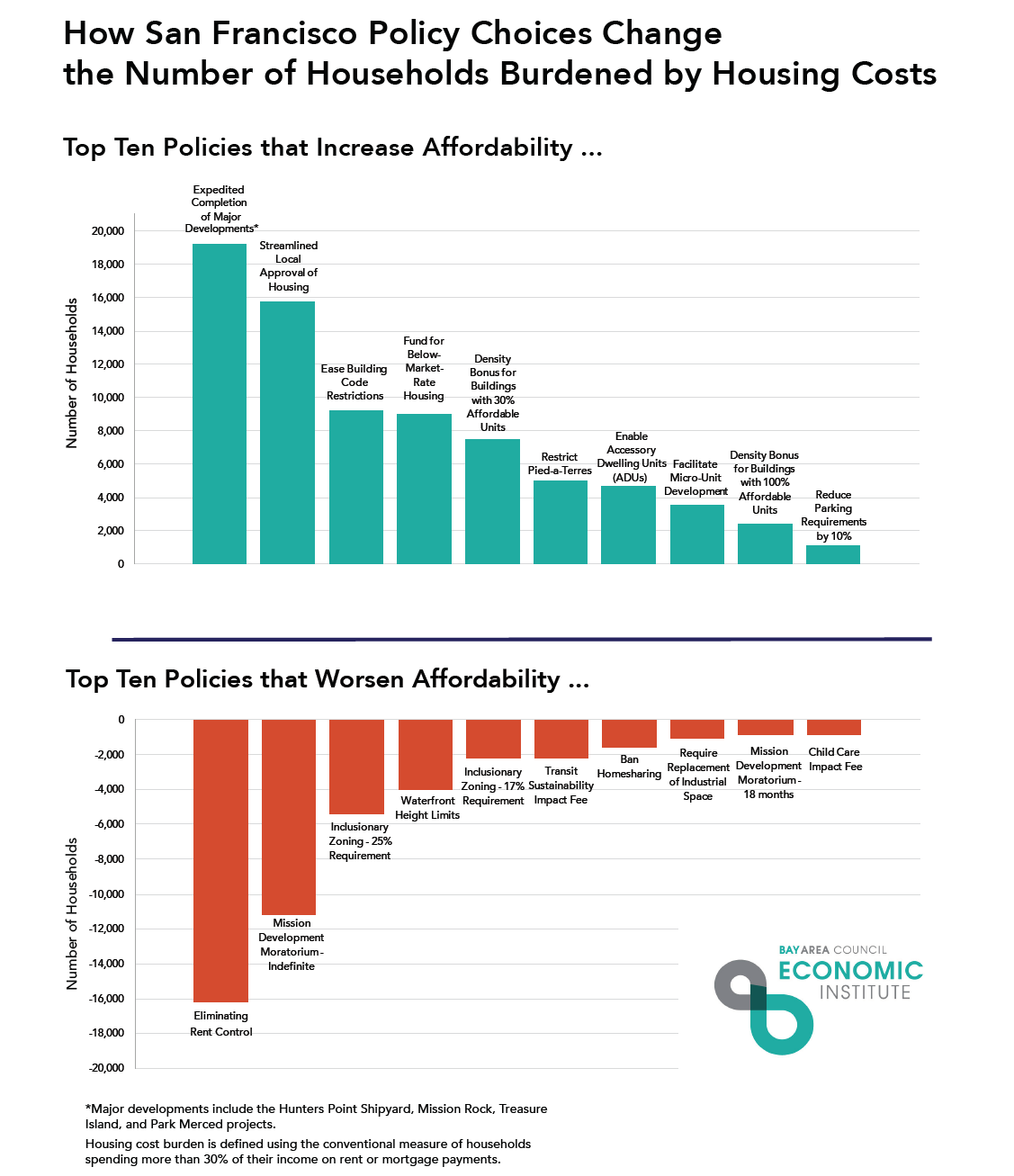California’s housing affordability crisis gets worse by the day. The lower and middle classes are squeezed, due to decades of under-building as a result of restrictive local zoning and permitting. Since at least the 1970s, local communities up-and-down the state have simultaneously decided they don’t want newcomers to live anywhere near them.
Now two new studies are out to chronicle the problem and offer solutions.
The first up is from McKinsey & Company, in a study called “A Tool Kit to Close California’s Hoursing Gap: 3.5 million Homes By 2025.” They describe the problem in a few snapshots:
In Anaheim, Long Beach, and Los Angeles, households earning up to 115 percent of area median income, or $69,800 per year, are unable to afford local housing costs. In the city of San Francisco, a household earning $140,000 per year, or 179 percent of area median income, is squeezed.
They then went about figuring where new homes could go, with an eye toward more low-carbon infill homes:
We identified physical capacity to add more than five million units in “housing hot spots.” This is more than enough to close the state’s housing gap. More than a quarter million of these units could be built on urban land that is already zoned for multifamily development and is sitting vacant. Up to 3 million units could be built within a half-mile of high-frequency public-transit stations. More than 600,000 could be added by homeowners to existing single-family homes.
But of course identifying sites is not the same as getting the homes built. To that end, the study authors recommend a bunch of solutions, such as more funding for affordable housing and cheaper construction through modular units. But here are the main ones:
To unlock these units, California needs both public and private sector innovations. Shortening the land use approval process in California could reduce the cost of housing by more than $12 billion through 2025 and accelerate project approval times by four months on average. Reducing construction permitting times could cut another $1.6 billion, and raising construction productivity and deploying modular construction techniques up to another $100 billion. Governments could reallocate $10 billion a year in developer impact fees to other forms of revenue generation in order to lower housing costs. California could also incentivize local governments to approve already-planned-for housing to achieve 40,000 more units annually.
This study is helpful in shedding light on just how many units we need and where they could go to minimize environmental impact. But notably, the study lacks a financial feasibility analysis, and the solutions are, per usual, much easier said than done. Still, it’s a great addition to the housing conversation in California.
Meanwhile, the Bay Area Council conducted a similar study, “Solving the Housing Affordability Crisis: How Policies Change the Number of San Francisco Households Burdened by Housing Costs.”
Their bottom line? As with McKinsey, policy makers need to streamline and shorten the housing permitting process. Here’s the handy chart on high-impact local policies (for better and for worse):
 Both studies should lend support for speeding up local approval processes, such as the governor’s failed “by-right” approval process for any project consistent with local zoning. Expect local representatives and their homeowners to put up a big fight. But if we continue to defer to them, the problem will only get worse, putting our economy and environment in continued jeopardy.
Both studies should lend support for speeding up local approval processes, such as the governor’s failed “by-right” approval process for any project consistent with local zoning. Expect local representatives and their homeowners to put up a big fight. But if we continue to defer to them, the problem will only get worse, putting our economy and environment in continued jeopardy.
Leave a Reply
You must be logged in to post a comment.


